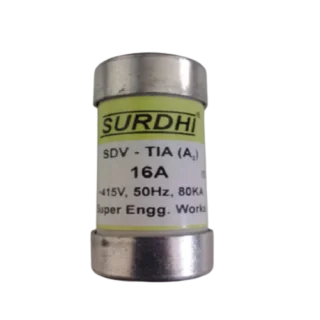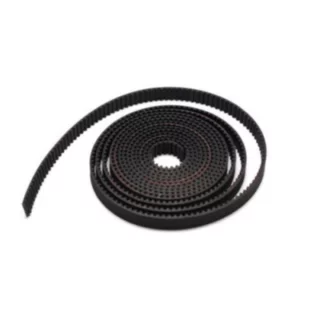Low Voltage Smart Doorbell Power Guide – Stay Safe & Efficient


Low Voltage Smart Doorbell Power Guide – Stay Safe & EfficientRead More
SMPS Low-Power Mode Tips – Save Energy Smartly


Reverse Voltage Protection for Sensors – Simple & Smart


Reverse Voltage Protection for Sensors – Simple & SmartRead More
MOSFET High-Current Load Design – Made Easy!


Low Voltage Smart Speaker Power Supply – DIY Friendly!


Low Voltage Smart Speaker Power Supply – DIY Friendly!Read More
SMPS Efficiency at Light Loads – Boost It the Right Way!


SMPS Efficiency at Light Loads – Boost It the Right Way!Read More
SMPS Efficiency at Light Loads – A Quick Guide


Reverse Current Protection for Displays (Made in India)


Reverse Current Protection for Displays (Made in India)Read More
Blog Post: MOSFET Gate Noise Control – Made Simple!


Blog Post: MOSFET Gate Noise Control – Made Simple!Read More
SMPS Output Noise Reduction Tips – Clean Power for Your Projects!


SMPS Output Noise Reduction Tips – Clean Power for Your Projects!Read More



